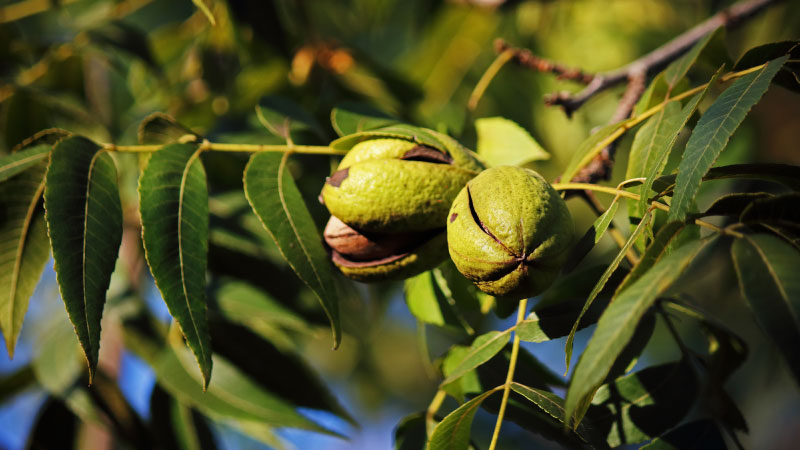Beware of Cuban Pepper Weevil in Your Crops

Cuban pepper weevil is a serious pest in Brazil and other areas of Latin America that has found its way to the U.S.
Photo by Michael C. Thomas
The Cuban pepper weevil, Faustinus cubae (Boheman), recently was introduced into the U.S. and is found in some areas of Central and South Florida.
Its distribution in the U.S. is limited, but it can be a serious pest where it occurs.
Identification
Fruit drop is common and the most obvious sign of infestation. The stem of fruits infested by larvae turn yellow, and the fruit colors prematurely.
Pepper weevil larvae develop only on plants in the Solanaceae family. Oviposition occurs on plants in the genera capsicum and solanum. Adults feed on other Solanaceae such as physalis, lycopersicon, datura, petunia, and nicotiana. All varieties of pepper are susceptible to attack. Tomatillo is a moderately susceptible host, and eggplant grown in proximity to pepper is sometimes injured.
Several species of nightshade also support pepper weevil, particularly black nightshade, Solanum nigrum.
Survival and Spread
Pepper weevils cause damage in several ways. One important form of damage is destruction of blossom buds and immature fruit. Both adult and larval feeding causes bud drop. Larval feeding within the mature fruit is another important form of damage, causing the core to become brown and often moldy.
In the absence of pepper blossoms and fruit, adults feed on leaves but cause no significant damage. Puncture of peppers by pepper weevil allows penetration of the fungus Alternaria alternata, an otherwise weak pathogen, and extensive fungal growth within the pepper fruit.
Adults are common from March until June, but a few can be found throughout the year.
Females deposit eggs at a rate of about five to seven eggs per day and can produce between 300 and 600 eggs.
There are three larval instars. The larvae are white to gray in color with a yellowish-brown head. They lack thoracic legs and have few large hairs or bristles. The larvae are easily confused with the pepper weevil (Anthonomus euginii). Pupation occurs within the fruit.
The adult emerges from the pupal case three to four days after being formed. A clean, round hole marks the escape of the beetle from the bud or fruit.
Cuban pepper weevil adults are easily distinguished from the glossy black A. eugenii, bearing numerous rough or raised areas and a considerable amount of brown coloration.
Management Methods
Sanitation and a crop-free period, if accompanied by destruction of alternate hosts, can disrupt the life cycle. It is very important to eliminate wild solanaceous host plants to manage pepper weevil effectively.
Adult population estimates are best obtained by visual examination and yellow sticky traps. Action thresholds are one adult per 400 terminal buds or 1% of buds infested.
Insecticides are commonly applied to the foliage at short intervals once buds begin to form. Insecticidal suppression is feasible, but insecticides vary considerably in effectiveness. And even in the presence of chemical insecticides, some loss commonly occurs.
Consult UF/IFAS recommendations for currently labeled insecticides for pepper weevil control in Florida.










